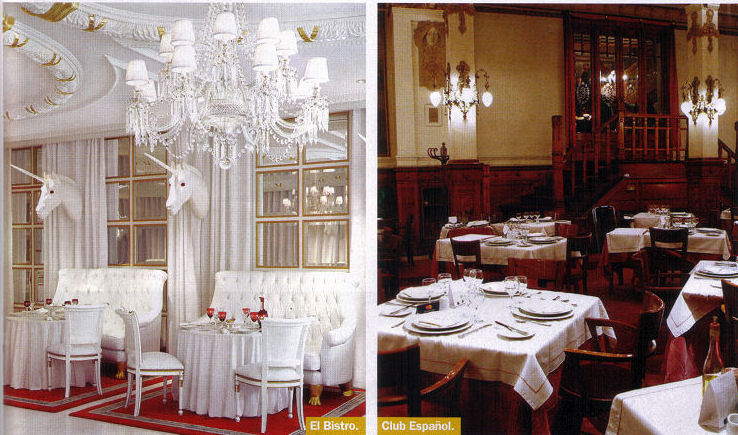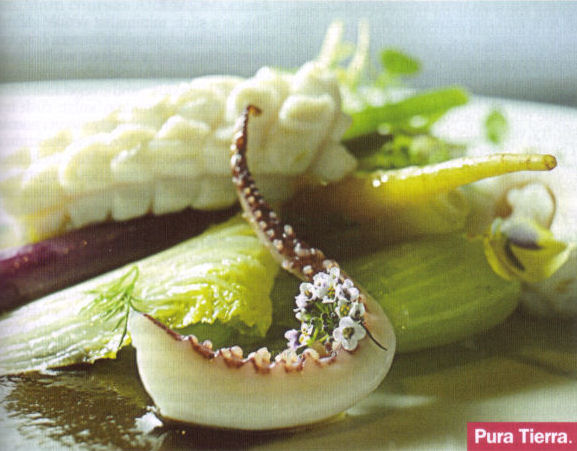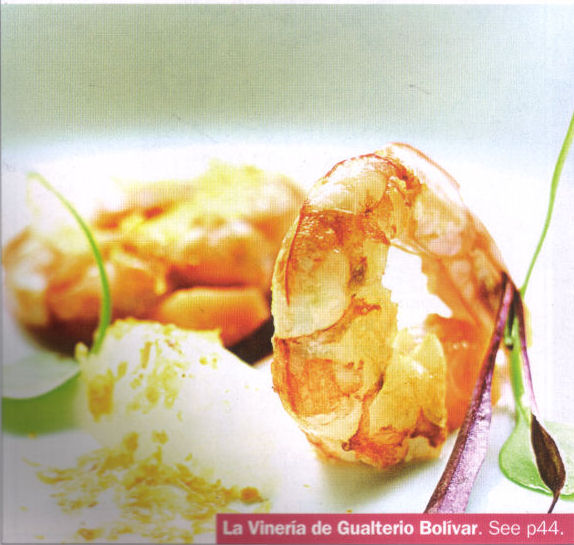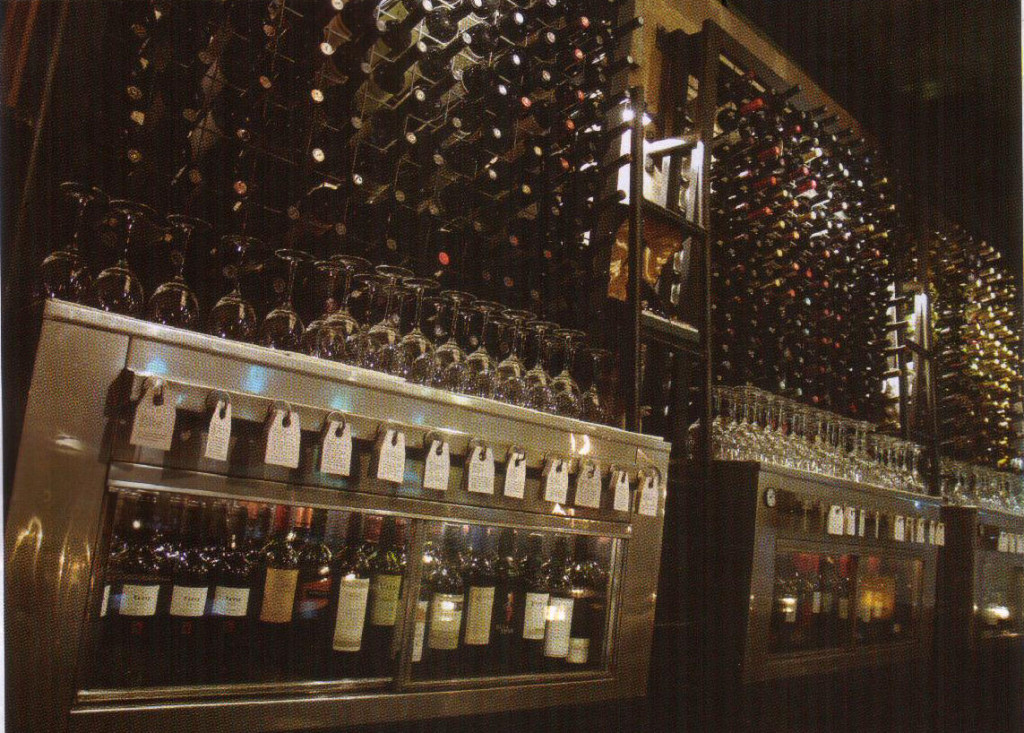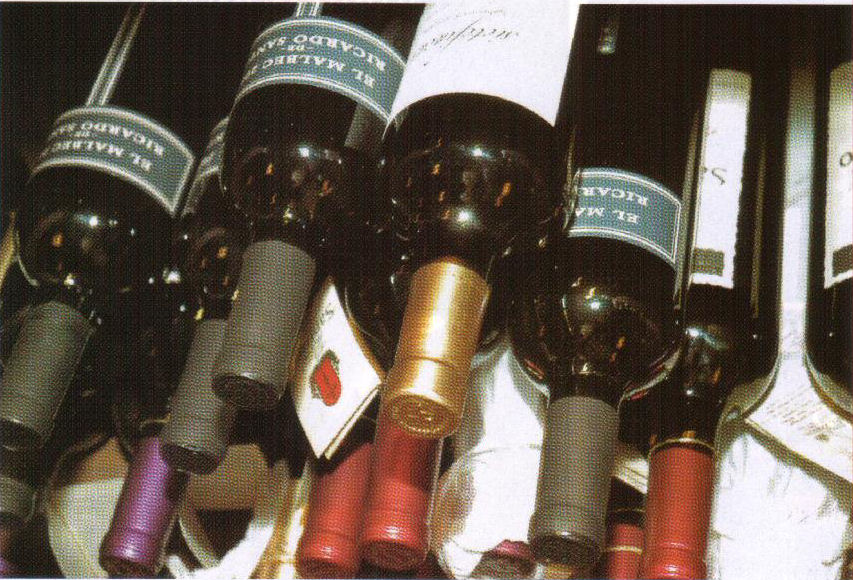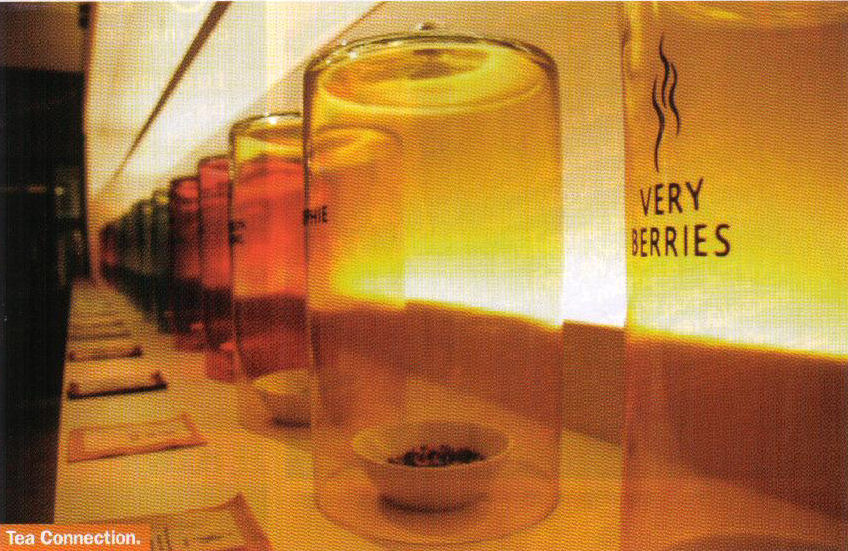Reviews
Insiders Guide 2009
Just a quick trio of new reviews for the guide
Astrid & Gastón
The onslaught of Peruvian-Asian fusion restaurants is new to Buenos Aires, but not to star chef Gastón Arcurio, who has been experimenting with these flavors for years throughout his global empire of 38 restaurants. The question on everyone’s lips when his chef protege Roberto Grau took the reins here in Buenos Aires was, will locals eat this food? Very smartly, Roberto toned down the heat levels during the first few weeks and inched them up to find the right balance between the restaurant’s notable style and the tolerance level of porteño palates. The food is beautifully presented and complexly flavored and is accompanied by a smartly chosen wine and selection of pisco cocktails. Desserts are impeccable as is the service. The one downside, perhaps, is the decor of the dining rooms whose near glowing vermilion and off-green walls are reminiscent of being sat down in the middle of a cocktail olive. A&G is up there on the price scale, so be prepared to stretch your credit limit.
Astrid & Gastón, Lafinur 3222, Palermo chico, 4802-2991
PozoSanto
While all the rage seems to be Peruvian-Asian fusion, chef Rafael Rivera Danila has struck out along the path of Peruvian fused with Mediterranean, an idea whose time was probably long overdue. Danila turns out inspired combinations like lasagna filled with one of our favorite Peruvian dishes, ají de gallina and one of the best causas we’ve ever had – a room temp mashed potato dish topped with seafood, paired not only with its perfectly cooked prawns atop, but deliciously juicy breaded fish gougeres on the side. In addition, the restaurant has one of the most handsome rooms in the city, beautifully decked out in a mix of Peruvian artifacts and handicrafts set against expanses of neat brick, panes of glass, and a waiting lounge that doubles as a small garden. Service is beyond reproach. While expensive, PozoSanto is not outrageous, and the food is well worth it.
PozoSanto, El Salvador 4968, Palermo, 4833-1611
Pan y Arte
The new hot spot for the food cognoscenti is the up and coming barrio of Boedo. While no one has yet opened up (thankfully) a bastion of haute cuisine, it is home to small parrillas and cafés that serve up some of the city’s better Argentine cuisine. This spot stands out as, perhaps the sole producer in town of Mendocino cooking. Among the best of the offerings is Pizza al campo mendocino, a smoky-crusted version with fresh tomatoes, herbs, and a wonderfully tangy fresh-made farmer’s cheese. There’s a changing roster of local artwork on display, a terrace for special events, and outdoor seating where you can sit and watch the local nightlife pass by. Service is friendly and casual, prices are easy on the wallet, and you can proudly proclaim your food-insider status having eaten in a neighborhood other than Recoleta, Palermo or San Telmo.
Pan y Arte, Av. Boedo 878, Boedo, 4957-6702
In mid-2006, I started writing for Time Out Buenos Aires. With changes in their way of conducting business, I decided to part company with them after my last article and set of reviews in mid-2009.
